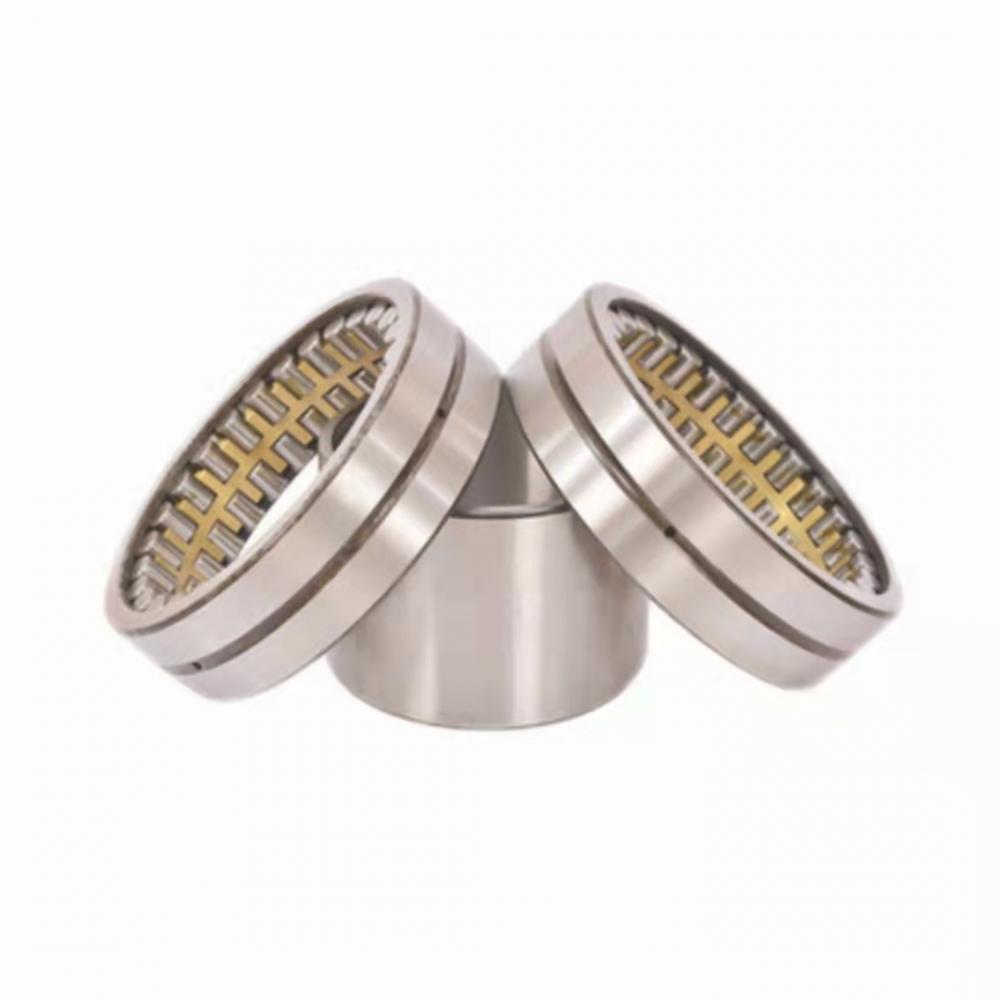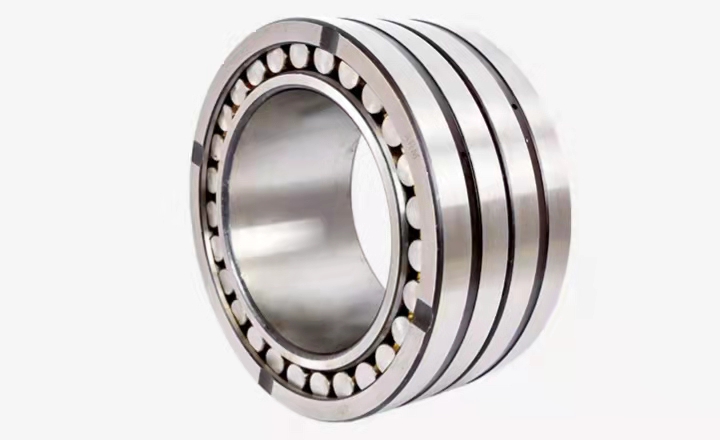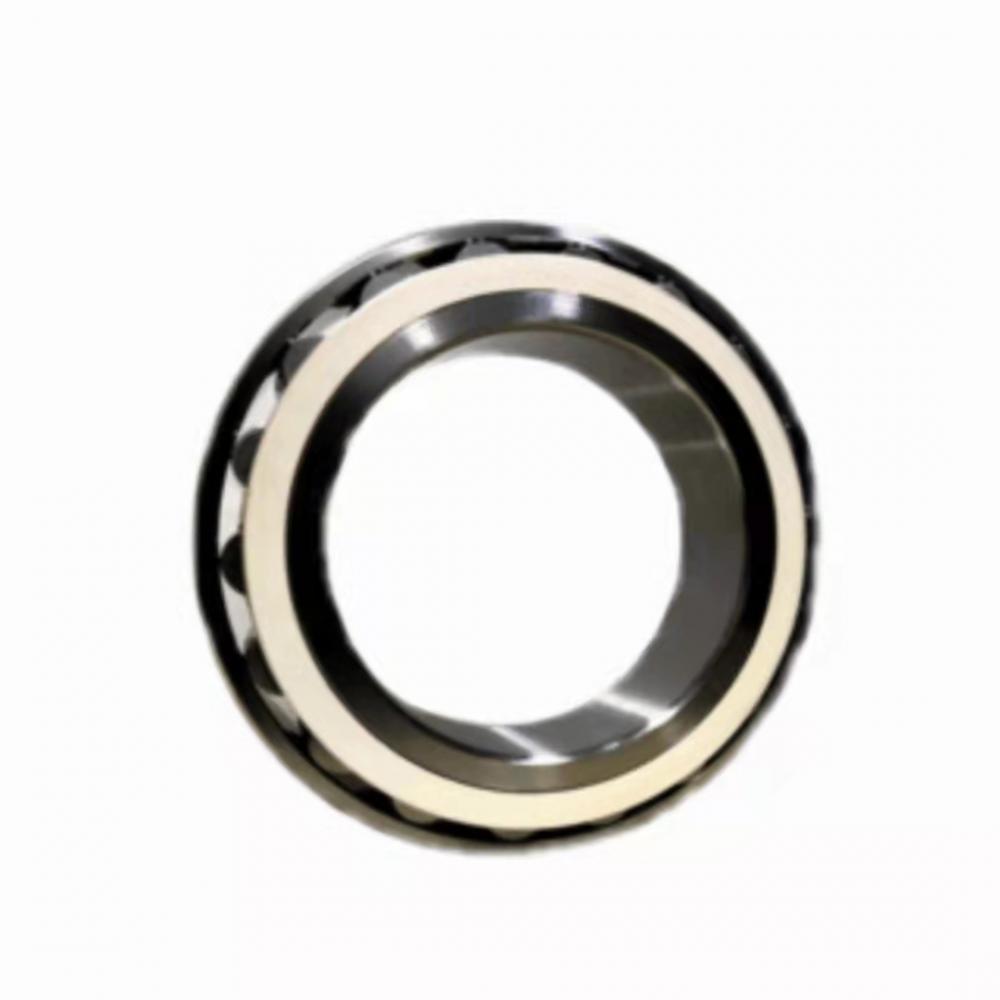Who is the biggest beneficiary of the reduction in on-grid tariffs?
[An authoritative source close to the State Grid Corporation of China told reporters that after the on-grid tariff adjustment, the grid companies will not have any benefit. “The downward adjustment space is also replenished to power generation companies that achieve denitrification standards and power generation enterprises that adopt new technologies to handle dust emission, and some of them are used to increase the additional energy price standards for renewable energy.†]
The adjustment of on-grid electricity prices was formally "landed."
Yesterday, several departments of the State Grid Corporation of China confirmed to the “First Financial Daily†that they had received the notification of the price adjustment issued by the National Development and Reform Commission. However, the above-mentioned department personnel only stated that they would strictly implement the notification requirements of the National Development and Reform Commission and did not comment on the specific impact.
Ren Haoning, a senior research fellow at China Investment Consulting Co., Ltd., said in an interview with reporters: “The power plant is a full-fledged harvest this year, which has caused coal companies and other companies to constantly report to local governments and put pressure on them, hoping to take some of the profits from power plants to make up for the profits of coal companies. "The grid company will undoubtedly become the biggest beneficiary, because the sales price of electricity has not been adjusted, so companies such as electrolytic aluminum, which consume large amounts of electricity, have not benefited from it.
Grid companies are not allowed to benefit
Shenhuo shares insiders told reporters that the on-grid tariff adjustment notice, all the power plants need to generate power on the national grid, these days are basically received one after another.
The adjustments are mainly to reduce the on-grid tariffs for coal-fired power generation enterprises (including unregulated electricity prices for integrated coal-fired power generation companies that have not implemented benchmark tariffs) and the price standards for inter-provincial and inter-regional transmission, and to appropriately increase the price of renewable energy. Denitrification price standard, new dust removal price.
The electricity price adjustment will be implemented starting from September 25. In the former, Yunnan and Sichuan did not make price cuts, and other provinces (cities) lowered the rates by 0.60 points/kWh (taxes included) to 2.50 points/kWh (taxes included), respectively. The latter were based on point-to-face networks and network pairs. The difference in the network, make price adjustments.
Shen Huo shares the aforementioned insider's opinion, this is bad for the local thermal power. "Because coal prices have fallen during this period, all power plants are willing to generate electricity, but now the industrial economy is not very good. Many power plants generate electricity at full capacity and sell electricity. Downgrading the on-grid price is downgrading the sales price of power plants, such as selling to power plants before. The electricity of the power grid is 4 cents, but it is now falling, and it will squeeze some of the profits of the power plant."
So, who is the biggest beneficiary of this price adjustment?
An authoritative source close to the State Grid Corporation of China told reporters that after the on-grid tariff adjustment, the grid companies will not have any benefit. “The downward adjustment space is recharged to power generation companies that achieve denitrification and power generation companies that adopt new technologies to handle dust emissions, and part of it is used to increase the additional price of renewable energy prices.â€
In January of this year, the National Development and Reform Commission extended the scope of the pilot program for denitrification electricity prices and expanded it from 14 provinces in 2011 to the whole country. Denitrification tariff subsidies are still paid by grid companies. "Frankly speaking, it is the power grid companies have expanded the scope of this year's advance." The above said.
According to the source, in November 2011, the National Development and Reform Commission issued a coal-fired generating unit to try a denitrification electricity price policy. Since the implementation of this policy, the electricity price subsidies for power generation companies have always been advanced by grid companies. "The reduction of on-grid tariffs by coal-fired power generation companies means that advances by power grid companies may stop, which is equivalent to a reduction in the burden on power grid companies, but it does not mean that the increase in revenues."
However, in Ren Haoning's view, this view is controversial. After some profits of thermal power companies are taken away, they will face losses. Even if they want to desulfurize and denitrify or even develop renewable energy to obtain partial subsidies, but this part of the funds cannot be completely returned, and net profits go out; the negative impact of lower prices will be transmitted. When it comes to coal companies, the days are even harder. As a result, this part of the money is likely to flow to the middle link.
Expected sales price adjustment
In contrast to the above-mentioned situation of the power plant, major consumers such as electrolytic aluminum reacted flatly to this tariff adjustment.
The above notice shows that the price adjustment is adjusted appropriately while keeping the level of sales price unchanged. Each relevant unit and company “cannot surpass the price management authority to lower the on-grid price of the power generation company separately, and it must not reduce the power users themselves. The energy price of the energy-consuming company."
“The on-grid tariff is the settlement price for thermal power plants and the power grid. The sales price is the price of the electricity-consuming enterprise and the national grid. If the sales price is not fixed, it will have no impact on the electrolytic aluminum industry,†said Liu Bo, a non-ferrous analyst at Haitong.
Shenhuo’s power plant is also a thermal power plant, which is built by itself. However, the electricity generated is mainly used by its own aluminum plant. “Only going online and returning to the factory is equivalent to direct power purchase.†Among these, Shenhuo shares In the online delivery, you only need to pay 8 cents per kilowatt for the over-net fee, and the on-grid tariff adjustment has little effect on it.
The above-mentioned Shenhuo shares also said that the power of its power plants is not enough for enterprises, and the gap is mainly purchased from the Internet. However, because the sales price has not been adjusted, this piece has not been affected much.
In the electrolytic aluminum industry, in addition to their own use, some companies’ private power plants will also use part of their excess power through the Internet for social use. “If the on-grid tariffs are lowered, the profits of these companies will not be as high as before.â€
Renhao Ning told reporters that this phenomenon of selling surplus electricity to the power grid and selling it to the community is very rare. “Generally-owned power plants are built according to the scale of their own production capacity. The installed capacity is not large, but now some large-scale enterprises have insufficient operating rates. The surplus electricity sales to the surrounding area, but the overall impact is not great."
After adjusting for the on-grid tariff, the industry also has higher expectations of whether the sales price can be lowered. "According to the current electricity consumption per ton of aluminum, if the sales price can be lowered by 5 cents, it will increase profits by 670 yuan."
The aforementioned Shenhuo shareholders believe that now that the country is implementing coal-electricity linkages, coal prices have been falling, and electricity prices should be lowered accordingly. This is beneficial to industrial companies such as aluminum mills, but it is difficult to say when they are transferred.
My non-ferrous net Li Xun also said that if the sales price is lowered, the electricity companies will directly profit, which is undoubtedly a contribution to the current phase of the electrolytic aluminum plant, but whether or not they can maintain profits depends on the basic face of the impact of aluminum ingot prices. .
My nonferrous network data shows that the cost of electricity is one of the major costs of electrolytic aluminum production. According to the industry average electricity consumption of 13,900 degrees per ton of aluminum, electricity per unit of electricity is calculated at 0.46 yuan, and the cost of electricity is about 6,390 yuan per ton, accounting for electrolytic aluminum. The total operating cost is 40%. The average cost of domestic electrolytic aluminum production this year is 15,500 yuan/ton.
Rolling Mill Bearing for blanking machine .
Rolling mill bearings are the bearings used on the roll necks and rollers of metallurgical, mining and other rolling mill stands. Cylindrical roller bearings are often used to withstand radial loads, deep groove ball bearings or angular contact ball bearings, or radial design or thrust design Tapered Roller Bearings to withstand axial loads. Most of them are lubricated and cooled by means of oil-air lubrication or oil mist lubrication.
Rolling Mill Main Application:
Cold rolling mill, Hot rolling mill, Blanking machine
Roll neck and drum for metallurgy, mining and other rolling mill stands
|
Model No.
|
ID (mm)
|
OD (mm)
|
W (mm)
|
Weight (kg)
|
|
FC2028104
|
100
|
140
|
104
|
5.2
|
|
FC202870
|
100
|
140
|
70
|
3.7
|
|
381040X2
|
200
|
310
|
200
|
55.6
|
|
380641
|
205
|
320
|
205
|
55.4
|
|
382040
|
200
|
310
|
275
|
75.1
|
|
FC2030106
|
100
|
150
|
106
|
6.8
|
|
FC202970
|
100
|
145
|
70
|
4.1
|
|
FC202880
|
100
|
140
|
80
|
4
|
|
FC202870M
|
100
|
140
|
70
|
3.7
|
|
FC202870/P6
|
100
|
140
|
70
|
3.7
|
|
FC2028104M
|
100
|
140
|
104
|
0
|
|
FC2028104/P6
|
100
|
140
|
104
|
5.2
|
|
FC2028104/P5
|
100
|
140
|
104
|
5.2
|
|
FC182870
|
90
|
140
|
70
|
4.4
|
|
381050X2/YA
|
250
|
460
|
270
|
192
|
|
382052X2
|
260
|
400
|
255
|
117
|
|
20FC1570
|
100
|
145
|
70
|
3.8
|



Fcd Rolling Mill Bearing,Fcd Rolling Bearing,Bearing For Steel,Bearing For Steel Mill
Shijiazhuang Longshu Mechanical & Electrical Equipment Trading Co., Ltd. , https://www.longsbearings.com
